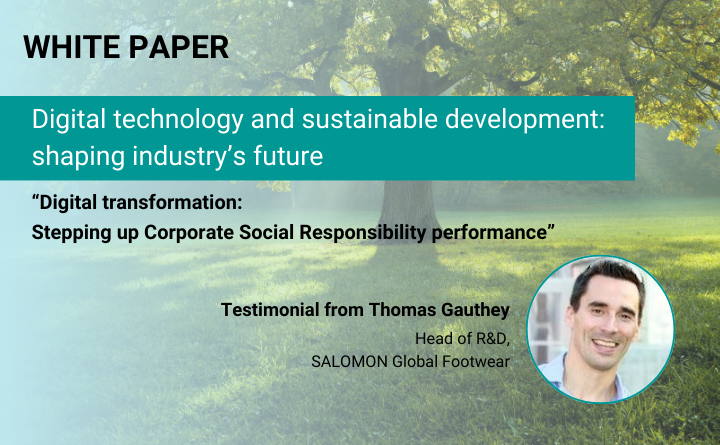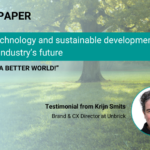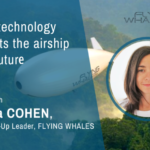Remaining a leader in its area of expertise means combining quality, performance and … the environment. Salomon Footwear has embarked on an ambitious digital transformation project, with a focus on simulation and virtual twins, to enable it to achieve its carbon neutrality objectives by 2050. Interview with Thomas Gauthey, Research & Development Director, Salomon Global Footwear.
Exploring new avenues
To reinforce its Corporate Social Responsibility strategy and meet new consumer demands, Salomon Footwear has decided not only to digitalize its innovation processes, but also to involve the company’s talents in this technological adventure. The eco-design of running and hiking shoes has become an essential step within R&D. “Our digital project is the outcome of a worldwide review of developments in our social and environmental transformation, which has picked up pace recently“, says Thomas Gauthey. To reduce greenhouse gas emissions by 30% by 2030, the company is using the digital twin to limit iterations during the design phases and reduce the number of samples required for product prototyping.
« Right the first time »
Digital simulation is embedded from the beginning and throughout the product development process with Dassault Systèmes’ Abaqus solution, a finite element analysis software. This enables R&D teams to predict, optimize and validate footwear performance according to a wide range of qualitative criteria, while reducing the number of prototypes needed to get the right product first time.
“The virtual twin enables us to strengthen the brand’s innovation culture as part of a more responsible approach. Thanks to digital modeling and simulation, we are able to identify more virtuous eco-design alternatives, and we have gone from 100 to 10 samples per model, which considerably reduces our carbon footprint.”
Watch the video: SALOMON combining digital solutions and CSR strategy





